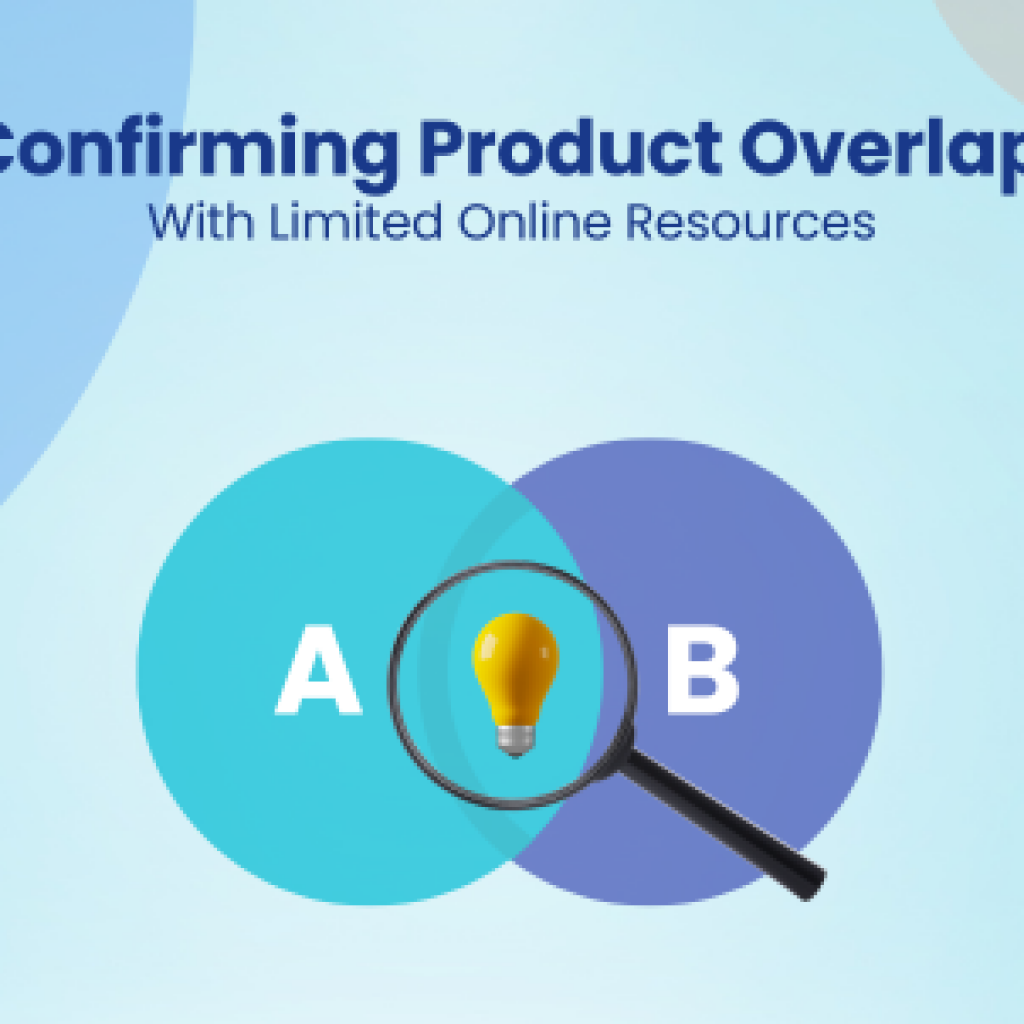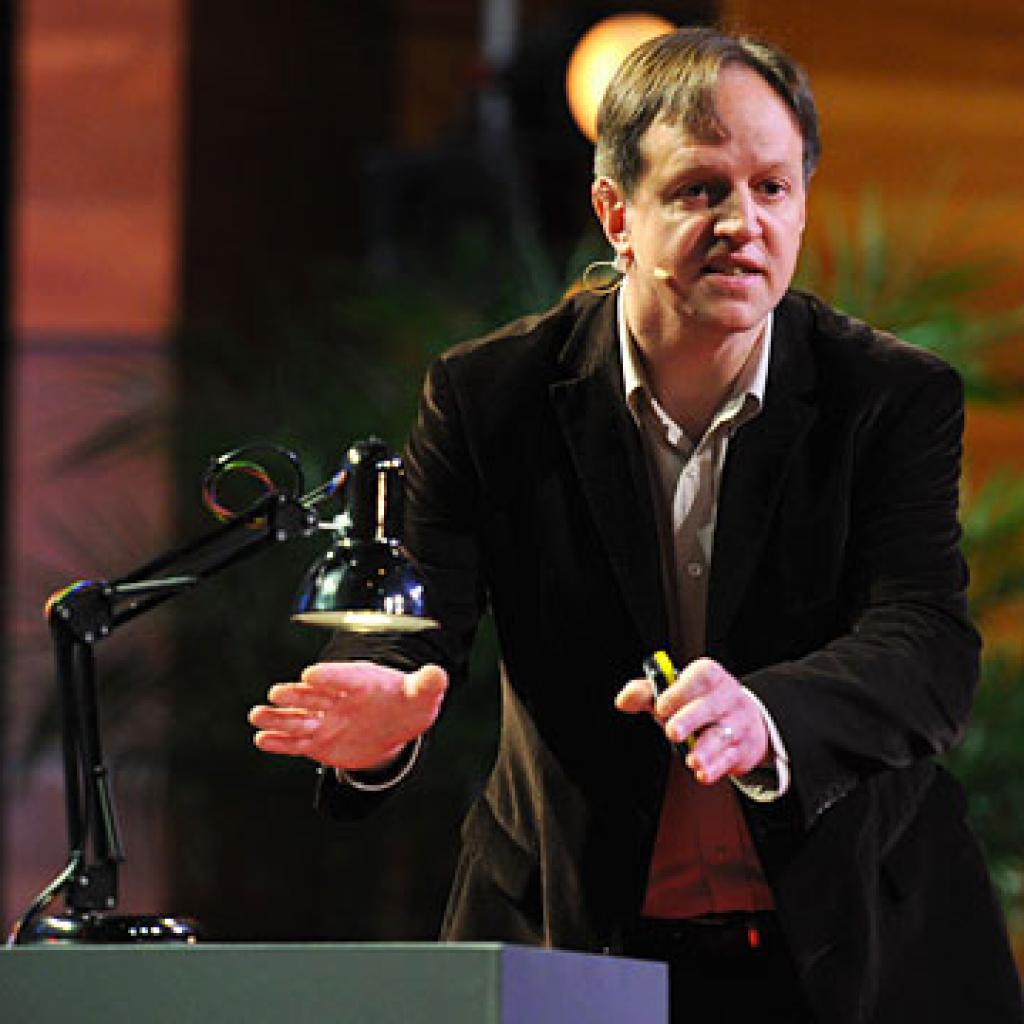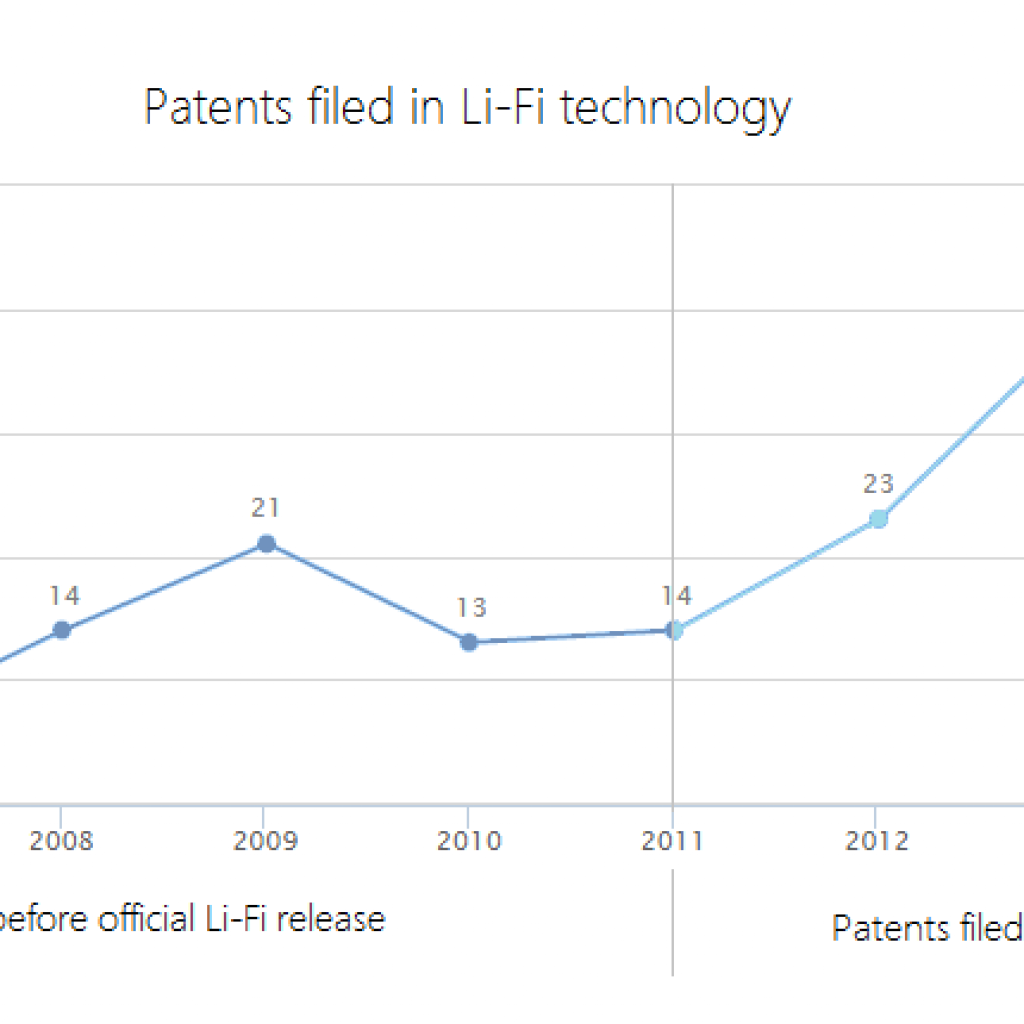In this instance, North Star helped the research department at a moderate level electronics company in Germany. And the mystery we helped them resolve was of Li-Fi.
A powerful and complementary alternative to radio frequency (RF) transmission, li-fi, use characteristics like intensity and frequency of visible light to communicate data between two devices (transmitter and receiver).
Problem with LiFi technology: How to make existing light sources LiFi compatible to transfer data?
Solutions client already had
To implement LiFi at a location pre-installed with lighting fixtures:
- Replace the existing light source with a new one that contains integrated VLC modulation controller; or
- Fix a new VLC enabled light source.
Problem client had with his solutions
Cost savings while the integration of LiFi with existing light sources. And none of the options mentioned above were solving the cost issue in LiFi.
Solutions Northstar offered:
NS started looking for solutions at its end and, with the client’s permission, is sharing two solutions that have the potential to solve the problem of integration with light sources in LiFi.
Solution 1: Introducing A Modulating Element:
We found two patents on LiFi – WO2017042093A1 and EP3139524A1 – where inventors introduced a new modulating element. This element, when attached to the existing light source, has the capability to modulate the existing light output based on the data that needs to be transmitted.
More precisely, the modulator selectively changes the transmission or reflection of the light in response to the data to be transmitted and thereby converting the existing normal light fixtures into Li-Fi transmitter. Thus, the need of changing the light fixture gets eliminated.
EP3139524A1
WO2017042093

Solution 2: Adding an Add-On Controller to Make Existing Light Sources LiFi Compatible:
We found another patent in which, an add-on controller is used as a standalone component, which can be attached to the pre-existing light source.

The controller can work as back-end modulator and direct the light source to emit a light of particular intensity/power by modifying the power input.
The controller contains:
- A data signal receiver that is configured to receive data from the external data source,
- A VLC protocol engine configured for interpreting the received data according to VLC protocol, and
- A VLC transceiver for converting the received data into one or more LIBM (Light Intensity Baseband Modulation) modulated signals.
The control unit then activates and deactivates its power output port to supply output voltage responsive to the one or more LIBM-modulated signals and controls the light source output.
These were just a few of the multiple solutions to existing problems in LiFi that Northstar found. If you found it impressing enough to ask for a demo call or find a solution to any technological challenge, feel free to write to us.
BTW, if you are researching in Li-Fi domain and looking for a solution to problems like, but not limited to, those mentioned below, then you know what to do.
- How to efficiently transmit data via Li-Fi communication?
- How Li-Fi can be applied in location-based service systems and how location/orientation can be derived using Li-Fi technology?
- How to save power in VLC transmitters?





